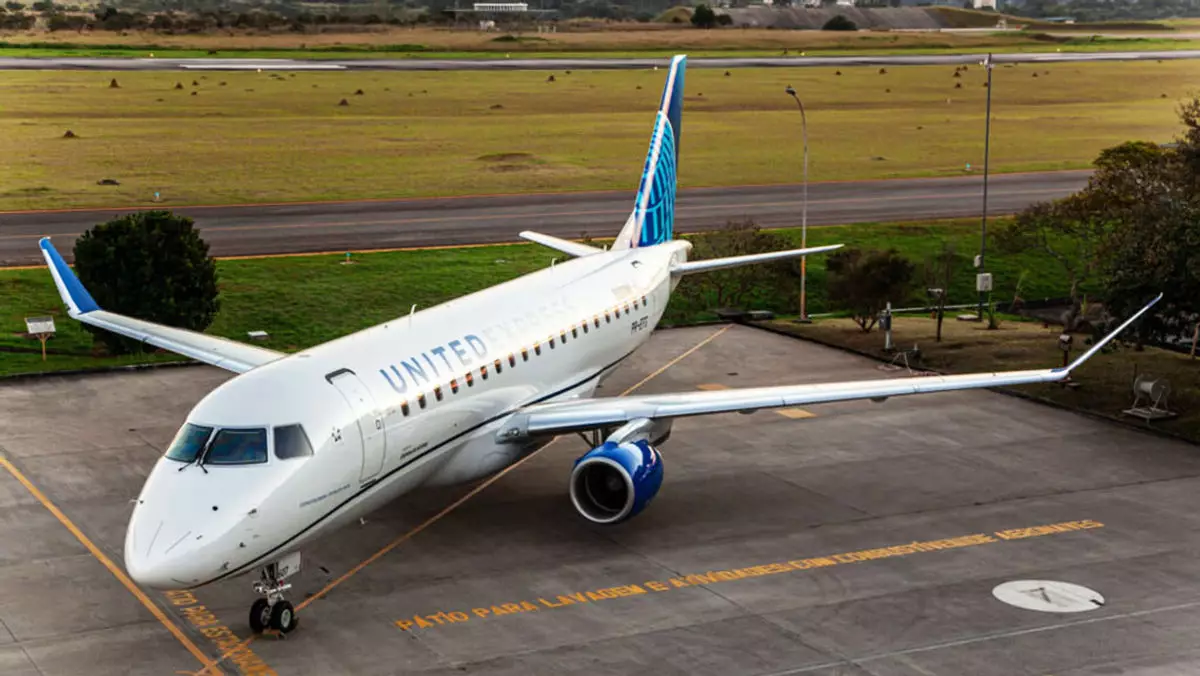Regional carrier Mesa Airlines recently announced that they have furloughed a dozen pilots and paused training for 41 incoming pilots. This is a clear indication that the pilot shortage that has affected regional carriers is finally easing, thanks to hiring pauses and reductions at mainline carriers. These mainline carriers often poach pilots from regional airlines, exacerbating the shortage situation.
Mesa Airlines CEO Jonathan Ornstein noted that over the past two years, attrition rates at the airline exceeded 25 pilots per month. However, in recent months, attrition has decreased unexpectedly due to the hiring slowdown at most airlines. The federal requirement for new pilots to have 1,500 hours of flight time has also contributed to the delayed certification of aspiring trainees.
With reduced attrition rates and a more stable pilot workforce, Mesa Airlines is now poised to increase its flying capacity with their partner United Airlines. Despite flying 30% fewer seats for United this month compared to July 2019, Mesa is optimistic about the future. The industrywide pipeline is expected to improve as pilots who previously lacked the required flight hours finally reach the threshold.
Mainline Carrier Hiring Pauses
Major U.S. carriers including Alaska, American, JetBlue, Southwest, Spirit, and United have all paused pilot hiring. This decision is largely attributed to Boeing delivery delays and Pratt & Whitney engine issues that have caused groundings of Airbus A320neos for inspections. As a result, regional carriers are experiencing some relief in terms of staffing, but challenges remain.
While the hiring pauses at mainline carriers have eased the pressure on regional airlines, the situation is not entirely resolved. According to the pilot advisory firm FAPA, captains have been identified as the greatest need for regional carriers over the past year, rather than new entry pilots. The industry still faces uncertainties and challenges despite the recent improvements in pilot shortage issues.
The pilot shortage that has plagued regional carriers is showing signs of improvement due to various factors such as hiring pauses at mainline carriers and reduced attrition rates. Mesa Airlines’ decision to furlough pilots and pause training reflects the shifting dynamics in the aviation industry. While challenges persist, the industry is slowly adapting to the changing landscape of pilot supply and demand.


Napsat komentář